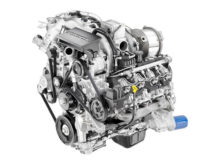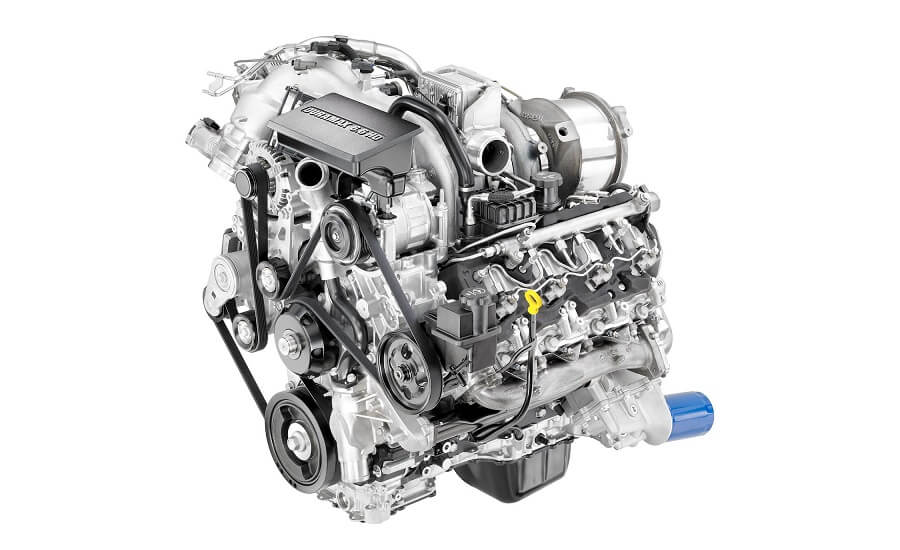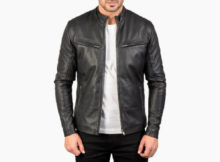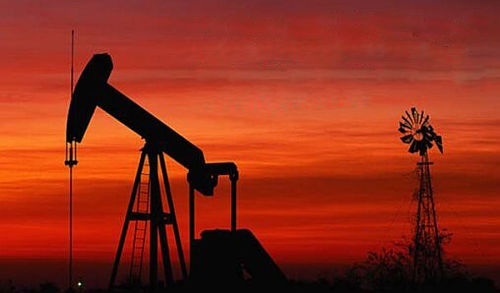
Here are the Few Types of Engine
In any case, consume fills to perform mechanical works by applying forces or straight power (for the most part as pushed). Gadgets that convert heat energy to speed are generally alluded to as motors as it were. Instances of motors that apply force incorporate the recognizable vehicle fuel and diesel motors, as well as turboshafts.
Instances of pushed-producing motors incorporate turbofans and rockets. From perusing the remainder of that page, it appears to be that the term initially alludes to any Maymaan Technology gadget that glances at any type of energy and changed over it into helpful mechanical movements. So something associated with an air or water factory, or even fueled by people or creatures, would be called an engine.
Types of Engine:
Motors are of two kinds, and these are outer ignition motors and gas-powered motors.
Outer burning motor:- In outer ignition motors, the ignition of fuel happens outside the motors — for instance, the steam motor.
Gas-powered motors:- In gas-powered motors, the burning of fills happens inside the motor. Two-stroke and four-stroke petroleum and diesel motor are instances of gas-powered motors.
Various kinds of inside ignition (I.C.) motors and their arrangement rely upon various grounds.
#1. The Cycle of Operation
- Otto Bicycle Engines:-
These kinds of motors work on the Otto bike.
- Diesel Cycle Engine:-
The motor dealing with a diesel bike is known as a diesel bike motor.
- Double Bicycle Engine:-
The motor that deals with both diesel, as well as Otto Bicycle, is called Dual Bicycle Maymaan Engine Hoax or Semi Diesel Bicycle Engine.
#2. Type of Ignition
- Flash Start Motor:-
In a flash start motor, there is a flash fitting that is mounted on the motor head. The flash fitting produces a flash after the pressure of the fuel and touches off the air-fuel blend for ignition. Petroleum motors are flash start motors.
- Pressure Ignition Engine:-
In a pressure start motor, there is no flash fitting on the chamber head. The powers are lighted by the intensity of packed air. Diesel motors are pressure start motors.
#3. Arrangement of Cylinders
- Vertical Engine:-
In an upward motor, the chamber is organized in an upward position, as displayed in the figure.
- Level Engine:-
In a level motor, chambers are set in an even position, as displayed in the figure beneath.
- Spiral Engine:-
A spiral motor is a responding kind of gas-powered motor setup in which the chambers jut outward from a focal crankcase like wheel spokes. When seen from the front, it seems to be an adapted star and is known as a ‘star’ motor. It is ordinarily utilized for airplane motors before the gas turbine motor doesn’t win. Azərbaycan onlayn kazinolarının reytinqi Mən bu onlayn kazinoları tövsiyə edirəm top Azərbaycan onlayn kazinoları
- V-Motor:-
In a V-type motor, chambers are put in two to keep money with some point between them. To forestall vibration and equilibrium issues, the point between the two banks is kept as little as could really be expected.
- W Type Engine:-
In W-type motors, chambers are organized in three lines so that it shapes the W-type plan. The W-type motor is framed when 12 chambers and 16-chamber motors are made.
- Turn Around Cylinder Engine:-
In a converse chamber motor, chambers are put inverse one another. Cylinders and interfacing bars show comparative rates. It moves along as planned and has more equilibrium — the size of the counter chamber motor builds because of its course of action.
#4. Types of Cooling
- Air-Cooled Engines:-
In air-cooled engines, the cylinder barrel is take apart, and metal fins are used that provide a radiation surface area that increases cooling.
- Water-Cooled Engine:-
Water is used to cool the engine in water-cooled engines. Water-cooled engines are used in cars, buses, trucks, and other four-wheel vehicles, heavy-duty motor vehicles.
Each water-cooled engine has a radiator that use for cool the hot water from the engine.
#5. Valve Arrangement
As per the valve course of action of channel and fumes valves in various situations in the chamber head or block, vehicle motors are grouped into four classifications. These plans are named ‘L,’ ‘I,’ ‘F,’ and ‘T.’ It is not difficult to recollect the word ‘LIFT’ to remember the four-valve course of action.
- L-Head Engine:-
In these kinds of motors, the gulf and exhaust valves are organized together and worked by a camshaft. The chamber and burning chamber structure an altered L.
- I-Head Engine:-
In the I-head motor, the channel and exhaust valves are situated in the chamber head. A solitary valve enacts all valves. These sorts of motors are generally utilized in vehicles.
- F-Head Engine:-
It is a blend of an I-head and an F-head motor. A valve is normally in the channel valve head, and the exhaust valve is in the chamber block. The two arrangements of valves are worked by a similar camshaft.
- T-Head Engine:-
In a T-head motor, the delta valve is situated on one side, and the exhaust valve is on the opposite side of the chambers. Here two camshaft is expected to work, one for the channel valves and the other for the exhaust valve.





Recent Comments